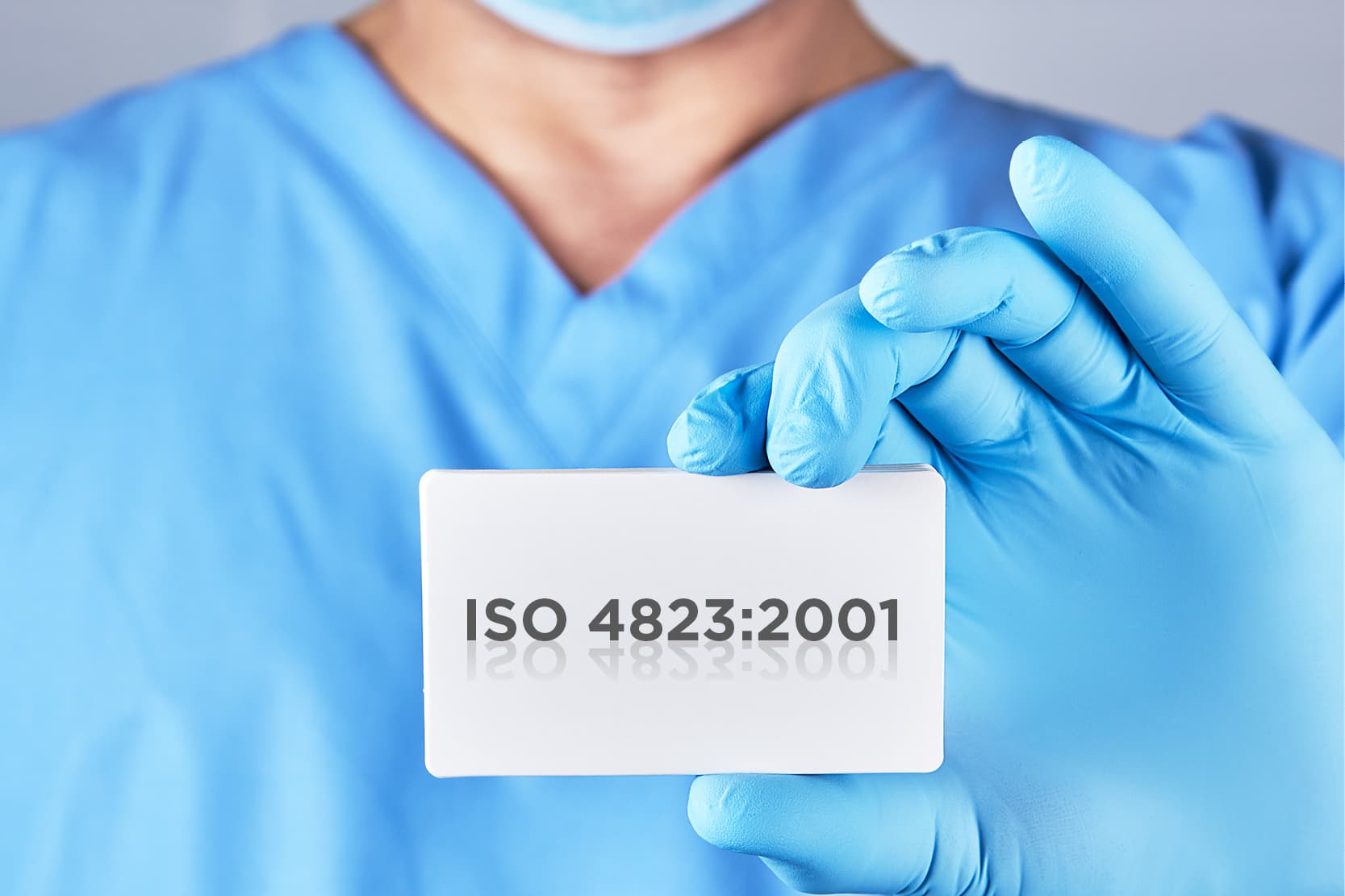
187 ISO standards have been published in the field of dentistry, regulating almost all aspects of the dental industry and establishing the requirements that need to be respected. (1)
ISO is an independent, international, non-governmental organisation. Its membership is made up of the national standardisation institutes of 167 countries around the world. (2) Knowledge sharing permits the formulation of regulations that standardise the market and promote innovation with a view to future global developments.
The ISO standard governing impression materials
The ISO standard that governs impression materials, with specific reference to elastomeric impression materials and bite registration materials, is International Standard 4823. This standard is also relevant to prosthetic materials. (2)
The latest edition of standard 4823 was published in 2021. It revises and updates the previous version issued in 2015. The present edition is the fifth version of the document that serves as the international reference for the production of elastomeric impression materials. (3)
Compared to that of 2015, the latest edition includes more details on elastomeric materials for bite registration. This is reflected in an update to the standard’s title from “Dentistry – Elastomeric Impression Materials” to “Dentistry – Elastomeric Impression and Bite Registration Materials”.
The aim of ISO standard 4823 is to:
- identify the properties that elastomeric impression and bite registration materials must have;
- describe the tests used to identify and verify them.
The standard does not consider the possible biological risks associated with these materials.
ISO 4823: introduction
The introductory section of the standard lists associated standards, defines the terms used and classifies the materials the standard applies to. It establishes:
- Reference standards
The section begins by specifying reference standards, i.e. other standards relevant to the issue in question. Reference standards must be understood as an integral part of the present standard. This means that the requirements expressed in them must be satisfied. - A glossary of terms and definitions
Next comes a glossary of the terms used in the document, along with their definitions. This part is important because it establishes definitions of requirements and properties that may differ from those in common use. - The classification of materials
Next comes a classification of materials, based on consistency (viscosity) in line with ISO practice. Different physical requirements are established on the basis of the consistency and classification of the various materials.
General requirements of conformity for the materials
The next section describes in detail all the requirements that these materials must satisfy before they can be sold on the market as conforming to the ISO reference standards. These requirements are not restricted to the materials’ physical and chemical properties during normal use, but extend to far more general considerations.
For example, standardised requirements are established for packaging and labelling along with requirements governing the type of information to be contained in the instructions provided to end users. This level of standardisation is important as a means of standardising commercial product types and also for ensuring a certain standard of product quality.
Uniform, standard-compliant packaging and instructions help dental professionals to use products correctly.
Following on from these general requirements comes the most important section of the document, i.e. that which lists specific requirements for the characteristics and properties of these materials.
Specific requirements: characteristics and proprieties
These requirements permit the internationally recognised certification of a product’s quality. If a product’s characteristics conform to this ISO standard, users can be assured of its quality and safety in use.
These requirements have been identified progressively by the various editions of ISO 4823 which represents the international reference standard for elastomeric impression and bite registration materials today.
The brief description of each requirement also contains a reference to the section of the document that describes the experimental test method for establishing conformity. The last part of this section contains a concise table of the parameter ranges for conformity to standard 4823, arranged by material class.
Test procedures
The standard now goes on to describe in great detail all the tests that must be performed to verify the conformity of materials to the established requirements. In particular, it defines sampling procedures, pre-test analyses and evaluation methods.
Annexes at the end of the document provide figures illustrating the methods for obtaining samples, the test instruments required and the types of analysis to be performed.
Given the great intrinsic value of standards like these, dental practitioner using impression and bite registration materials that conform to ISO standard 4823 can be confident of high quality standards.
Bibliography
Do you want more information on Zhermack Dental products and solutions?
Contact us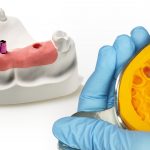
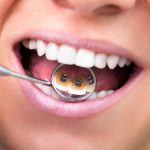
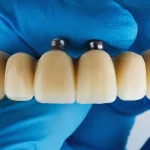
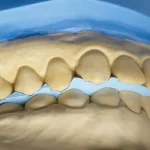

 Zhermack SpA has been one of the most important producers and international distributors of alginates, gypsums and silicone compounds for the dental sector for over 40 years. It has also developed solutions for the industrial and wellbeing sectors.
Zhermack SpA - Via Bovazecchino, 100 - 45021 Badia Polesine (RO), Italy.
Zhermack SpA has been one of the most important producers and international distributors of alginates, gypsums and silicone compounds for the dental sector for over 40 years. It has also developed solutions for the industrial and wellbeing sectors.
Zhermack SpA - Via Bovazecchino, 100 - 45021 Badia Polesine (RO), Italy.


